What George Kliavkoff never understood about the Pac-12 endgame

The Pac-12 CEO Group did not hire good commissioners, nor did it properly empower them to act swiftly and decisively to save the conference. To this extent, the CEOs are centrally responsible for the Pac-12’s existential crisis.
However, George Kliavkoff can’t be shielded from blame. He took this job knowing he had to secure a good media rights deal. It’s why he was hired. Here we are, and there’s no media rights deal, at least not a deal good enough to keep the conference alive.
Kliavkoff got a lot of things wrong, but at the heart of his failure is one central, catastrophic miscalculation which can’t remain ignored or brushed off to the side. That is the focus of this specific piece as “Pac-12 death watch” becomes a very real thing in college sports:
OREGON AND WASHINGTON
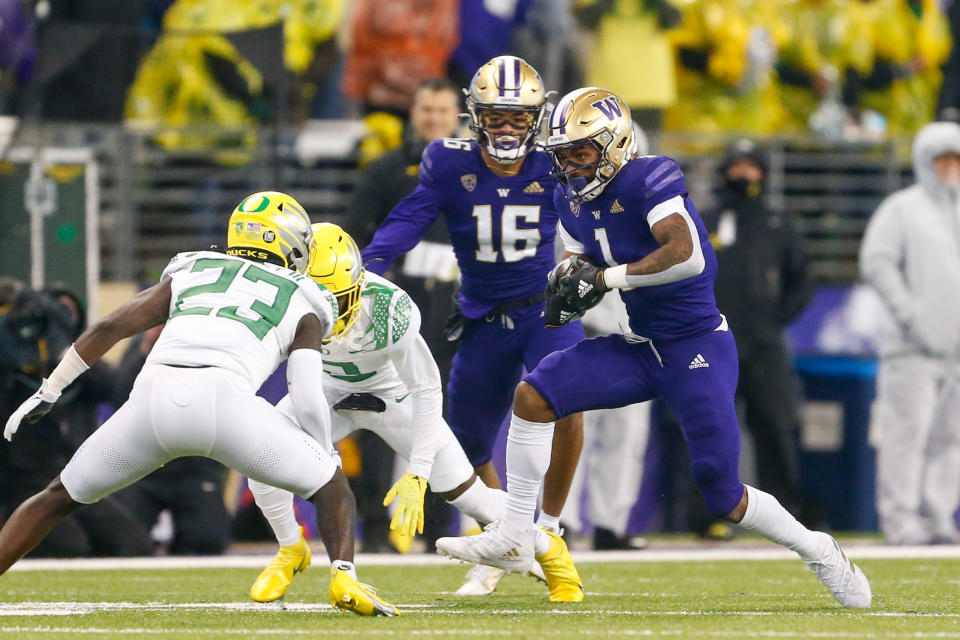
If the Pac-12 died, Oregon and Washington — with robust football brands and generally attractive profiles — stood to find a new Power Five home. While their administrators probably did prefer to remain part of a vibrant Pac-12, it’s not as though the possibility of Pac-12 death puts these two schools in a bad spot. Indeed, the Big Ten expanding with Oregon and Washington included would be a really good outcome. Therefore, when Kliavkoff considered the importance of keeping the Pac-12 together, it was less about making Oregon and Washington happy (though Kliavkoff certainly needed to do that); it was more about creating conditions in which it would have been next to impossible for the Pac-12 to splinter and die. Creating the outcome was supposed to matter most.
PROCESS VS RESULTS
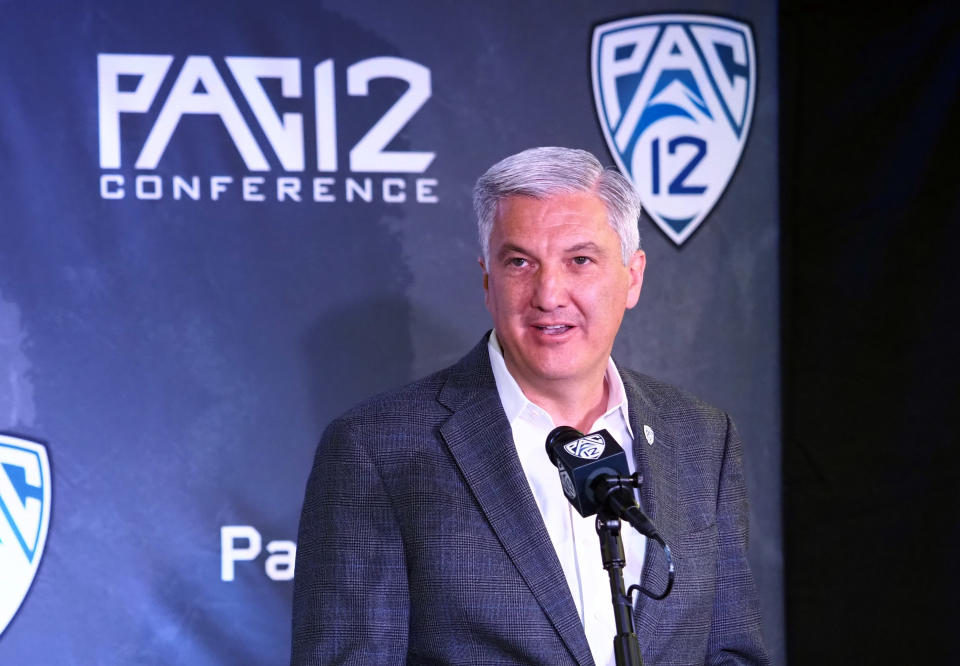
We noted that Kliavkoff “was so intent on following the plan — grant of rights first, media deal second, expansion third — that when the need to add San Diego State (for sure) and probably SMU right after that emerged, he wouldn’t act. He stuck with the plan, the process. He wasn’t focused on the end result. He didn’t seem to realize that getting schools in the door was itself a way to increase the odds of Pac-12 survival, which was always supposed to be the ultimate goal of media rights negotiations.”
That’s why the Pac-12 sits on the brink of extinction.
STANFORD

Stanford’s academic prowess, its location in the Bay Area market, and massive endowment give the university obvious advantages in any realignment scenario. The idea that Stanford would suffer the way other Pac-12 schools would suffer is laughable on its face. This brings up the larger point: When a commissioner — or any leader — is tasked with keeping a group of institutions together, that leader needs to ask him/herself if the stakes of survival (or collapse) are equal for every institution in that group.
It clearly isn’t the case in the Pac-12, which leads us to our next point:
WASHINGTON STATE AND OREGON STATE
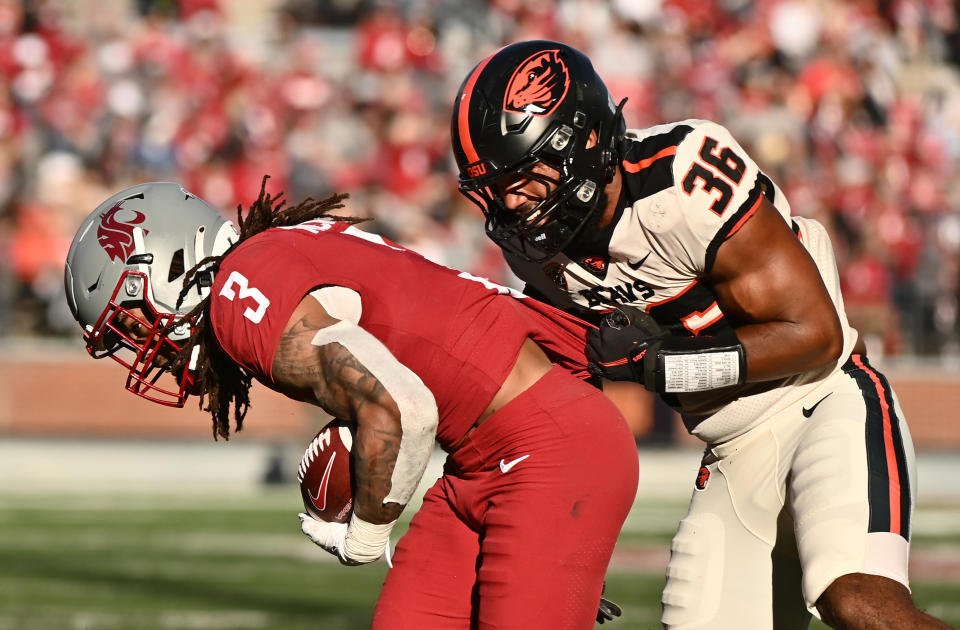
It was always true and obvious that Washington State and Oregon State had the least amount of leverage in this whole Pac-12 saga. These two schools had — and still have — the least amount of influence over the whole process. They had — and still have — the least amount of sway or bargaining power in any potential negotiation with another Power Five conference.
These two schools had the most to lose. Kliavkoff, if he risked angering or alienating other Pac-12 schools in order to look out for WSU’s or OSU’s best interests, needed to be willing to stand up at the table and defend the Cougars and Beavers. Other Pac-12 schools had to swallow hard and take their medicine. Kliavkoff needed to keep the Pac-12 intact so that Washington State and Oregon State would not be cut loose and at risk of being demoted (relegated) to the Mountain West.
If Kliavkoff had that thought at the front of his mind this whole time, he would have acted far more urgently and decisively than he has. He really failed these two schools in particular, and it’s part of his overall failure as Pac-12 commish.
CAL-BERKELEY

The stakes for Cal could be seen as similar to Stanford’s, given the two schools’ shared Bay Area location. Cal could be seen as a travel partner and logistical complement to Stanford. Yet, the two schools are not the same on a few levels. First, Stanford is a much more robust brand in a lot of sports (women’s basketball, baseball, swimming). Second and more important, Stanford does not have the money troubles Cal has. Cal is going to be subsidized by UCLA as part of the Bruins’ exit for the Big Ten. Cal’s revenue shortage has been a problem for some time. The existential stakes for Stanford and Cal are not the same. Kliavkoff needed to save the Pac-12 not only to save Washington State and Oregon State, but also Cal — not to the same degree, but certainly to some extent.
COLORADO

Colorado very clearly felt impatient with the Pac-12’s media rights process. The Buffaloes were always the most immediate flight risk. Their comfort within the Pac-12 was less than everyone else’s comfort level. How did Kliavkoff not understand this? He clearly didn’t. If he did, he would have given the Buffaloes more concrete and detailed information about the media rights deal at Pac-12 media day.
UTAH
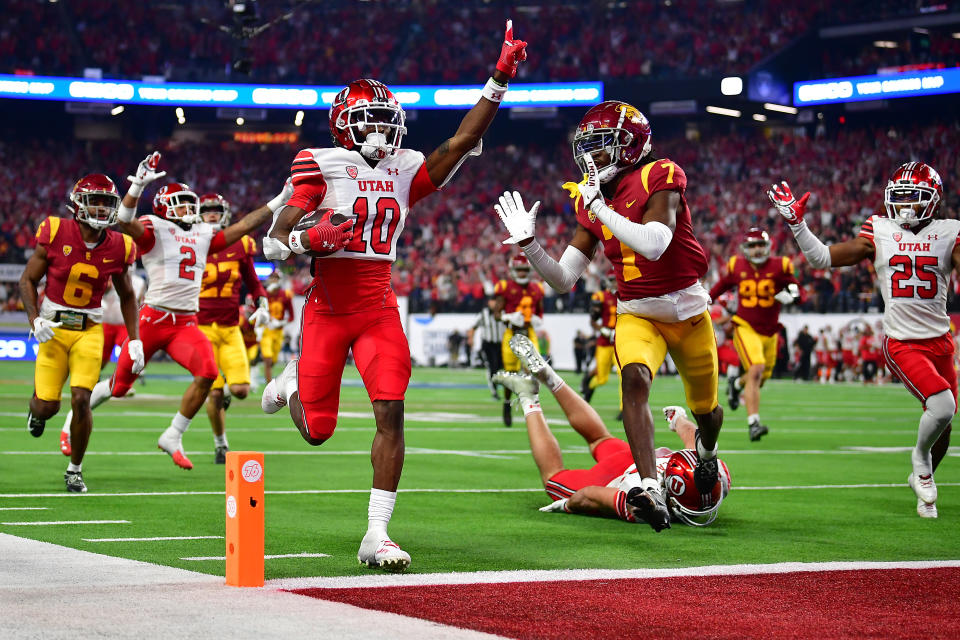
Whereas Colorado was impatient with the Pac-12, Utah loved being part of the Pac-12 and had found a greater comfort zone in the conference as time moved along. Utah and Colorado, the two Mountain additions to the Pac-12, had very different attitudes toward the conference. When one considers the need to keep a whole conference together, one needs to make sure the greater flight risks — and the more vulnerable members — are taken care of. Urgency should have entered the equation. Instead, we had a situation in early July in which Pac-12 insiders claimed to feel “no timeline pressure” to get a media deal done. No one seemed to grasp reality inside the conference.
UNITY VERSUS SELF-INTEREST
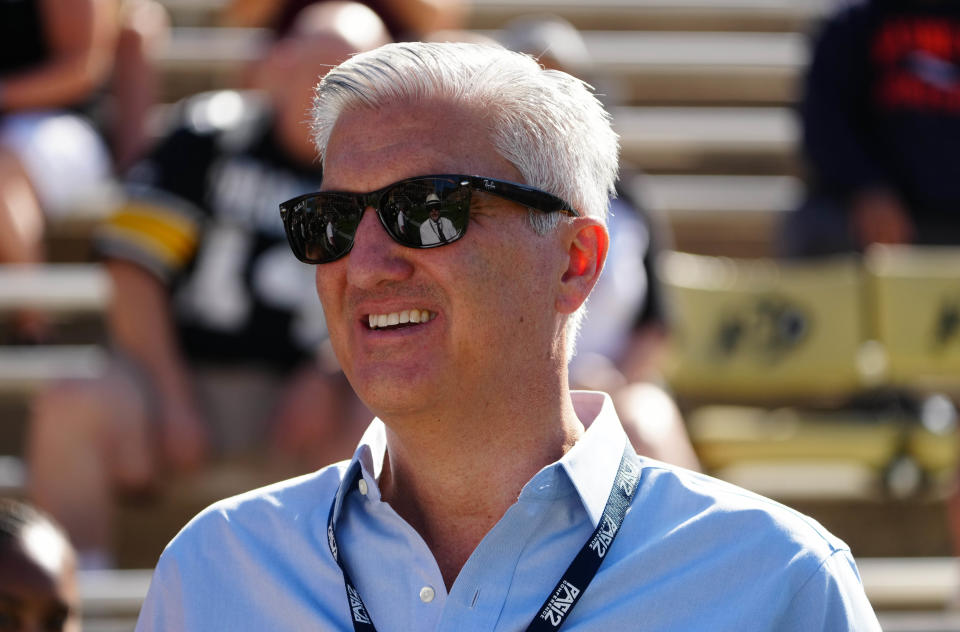
True unity in a group exists when every member feels the same level of belonging — and urgency, and commitment, and value — as everyone else. This was clearly not the case in the Pac-12. Kliavkoff might have been trying to preserve unity, but he wasn’t acting on behalf of a group of schools for whom the stakes and consequences of Pac-12 survival (or death) were the same.
If every school felt exactly the same about Pac-12 survival, no one would have left … but that’s clearly not the case. Because of the imbalances in the stakes involved for every member, fragmentation and splintering — ultimately, death — was always a possibility, though not necessarily a likelihood. The fact that the Pac-12 did not act swiftly or decisively to head off this worst-case scenario is a huge indictment of George Kliavkoff’s leadership, even if you think (reasonably and correctly enough) that the Pac-12 CEO Group is ultimately responsible for this mess, and that Kliavkoff was handed a bad hand of cards from the start.

